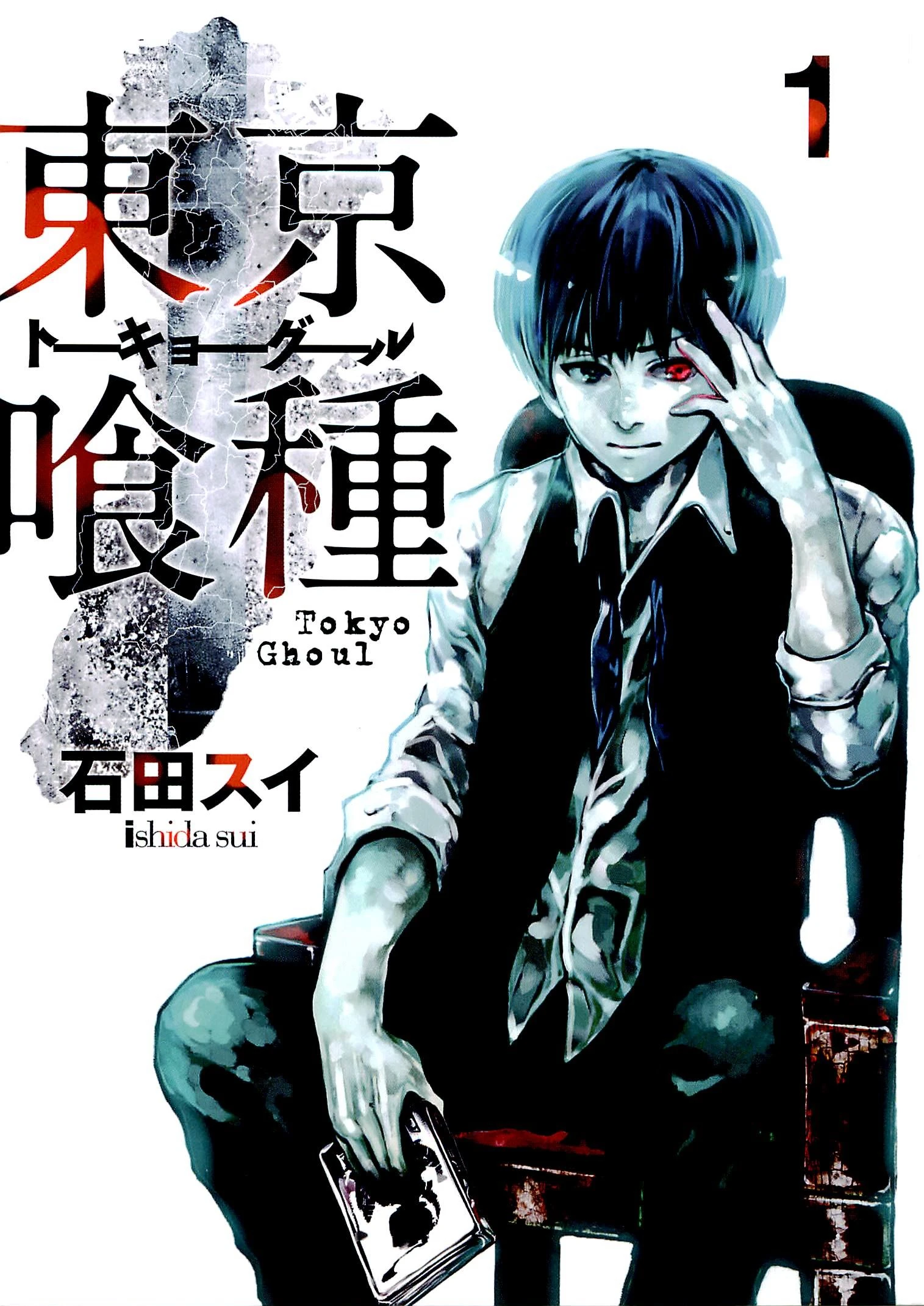During the TOW cycles, I have noticed myself progressively
moving away from using pathos, logos, and ethos as devices on their own. Instead,
I have gotten better at explaining how different devices affect these points
without explicitly mentioning them. This assignment really helped break me out
of that mindset from the beginning of the year. I also tried to choose
different kinds of texts to help prepare for the exam. I read essays, articles,
and reviews, watched commercials, and looked at ads. I did sometimes try to
find texts about topics I have little to no interest in so I could also be
ready in that sense.
While I
paid attention to these things, I do feel like my organization was often
lacking. A lot of the time, I was not pre-writing or even thinking about how to
organize my analysis. I would just try to get what I had to say written, and
because of this, the ideas did not flow as well as they could have. However,
the TOW assignment made the analysis part of the AP exam easier and more
natural. It made me that much more confident going into it knowing that I had
been analyzing text for the whole year, and not just at the beginning. These
posts have definitely served their purpose.




